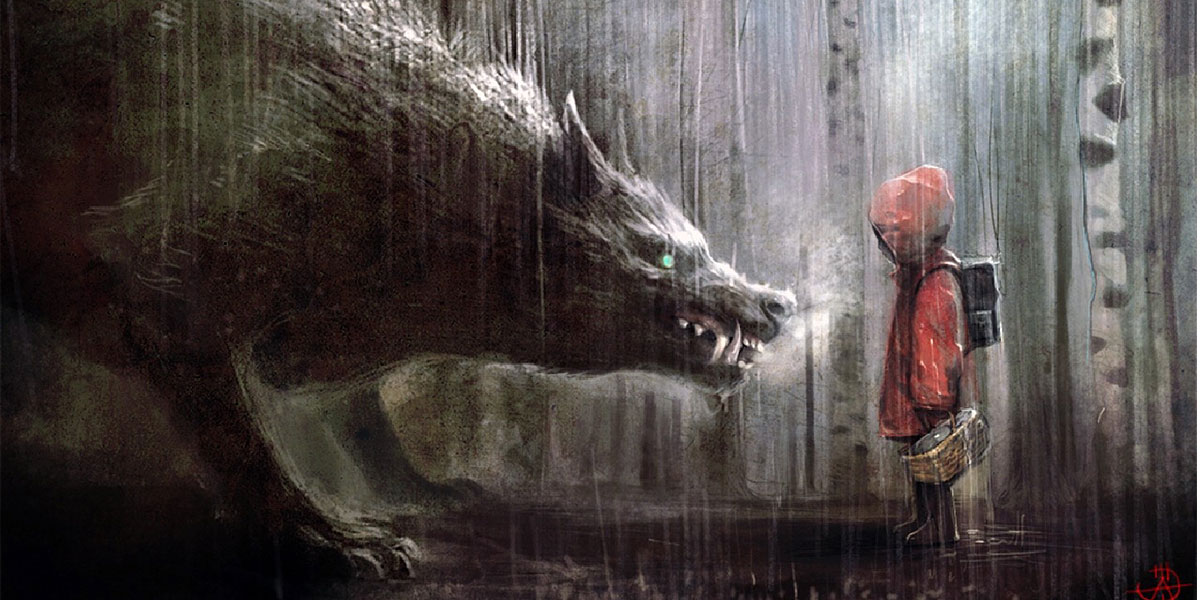Why Metaphor Matters

I believe that the defining metaphors of our times are changing and new metaphors are necessary to pattern the complexity around us. The obvious question then becomes, why do metaphors matter?
Nietzsche believed that, "Tropes are not something that can be added or abstracted from language at will—they are its truest nature." He argues that there is "no real knowing apart from metaphor."
Thinking is a discontinuous journey of discovery, emergence, closure and reopening. Each of us, over time, develops our own set of perspectives and heuristics, or experience-based techniques for problem solving, learning, and discovery. These perspectives and heuristics are ways of encoding experience so that problems become easier. They are highly adaptive in that they allow us to leverage simple behaviours and responses even in complex situations.
Our solution set is defined by the patterns we apply to experience. Over the course of human development, the available range of new experiences has been fairly limited and some perspectives have been hard-wired in as instinct. For much of human history we approached new experiences in three basic ways - fighting, fleeing or making 'friends'. It is not a heuristic to flinch when something large and hairy jumps out from our peripheral vision.
Social activity has also generated a fair quantity of shared perspectives that proved beneficial in advancing our common purpose. The phenomenon of inequity of attention in organizations is an example of how perspectives can influence behaviour in a way that was once adaptive. Essentially, in traditional organizations, people develop or innately possess the perspective that the ideas and opinions of those above you in the hierarchy are more worthy of attention than those more junior. To ensure the smooth operation of communities concerned with predictability and the efficient deployment of resources, this heuristic makes perfect sense. Those at the top need a sense that their wishes would be reflected in the activities of the whole. Being right or wrong was less critical than being sure.
Metaphors then become ways of capturing perspectives and heuristics in ways that facilitate transmission. As an example, the metaphors contained within the fable of Little Red Riding Hood speak volumes to societal changes in perspectives of natural spaces over time. The first stories ended tragically with a wolf devouring our heroine with little fanfare. The meaning was clear based on the times. The woods were a menacing place.
During the Industrial Revolution the story shifted as Little Red Riding Hood suffered sexual assault at the hands of the wolf. Nature had been disrupted to support industry in the countryside and with industrialization came young men from the city. Nature became a place of social and physical danger.
During the 1950s, Little Red Riding Hood found her savior in the woodsman. A woman's honor and security were guaranteed in the form of nuclear family. Nature had been subdued by men with axes.
The modern story sees our heroine fend for herself. Nature is a spectator to the events as a strong female presence emerges.
Organizations are similarly defined by the stories we tell. Reframing a problem through a different perspective offers a broader solution set to draw upon. Encoding problems in new ways can generate incredible innovation. The batch processing system that supported quality improvements in Japan evolved from an ability to move away from an assembly-line approach to production. This advance would have been much more difficult in Western business where assembly-line thinking dominated perspectives and narratives.
Opening up the narrative space allows for new solutions to emerge. I tell my daughter the story of Little Red Riding Hood in my own way. The woods are a dark and mysterious place full of danger. However, being prepared and aware can allow her to enjoy what it has to offer while appreciating the risks involved.
Jerry McGrath applies best practices from creative and entrepreneurial communities to support partner organizations and movements. His interest is in how to support existing institutions to become as adaptive as startups and to contribute to the rehabilitation of the concept of leadership for the 21st century. Areas of specialization include strategic planning within creative organizations, strategic innovation, agile approaches to innovation, design approaches and thinking, open leadership, entrepreneurialism and the future of work.